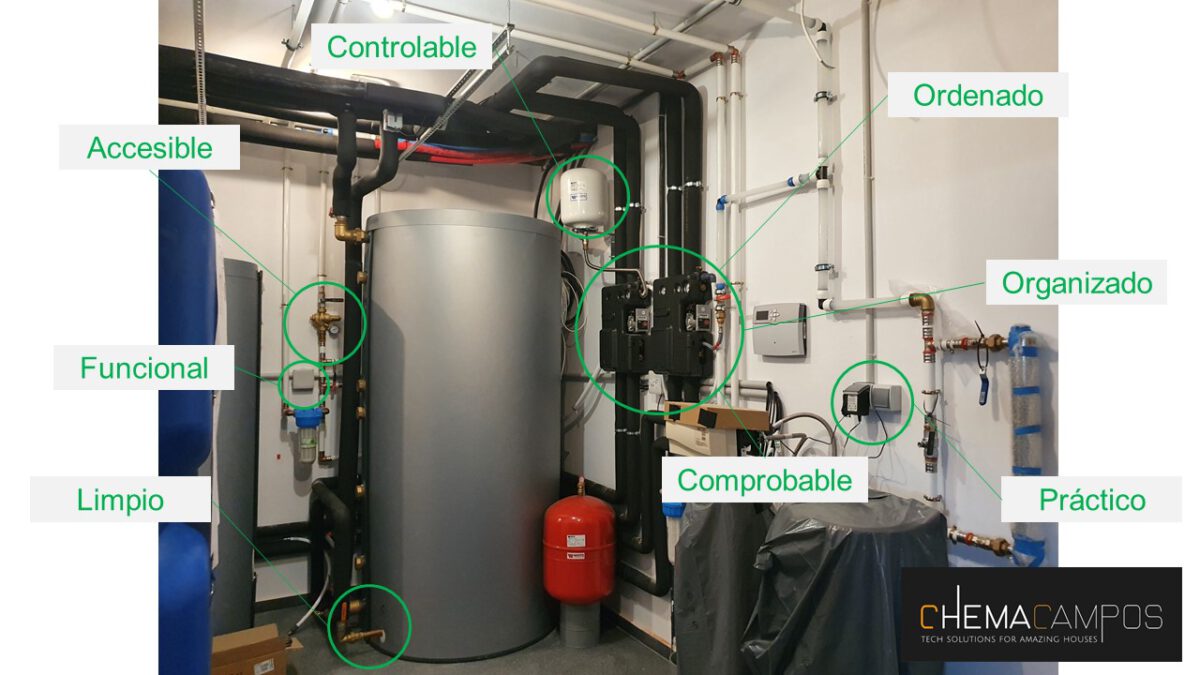I have a mantra: Well-built houses are beautiful for what you see and for what you don’t.
I like it because I think it is forceful. It demands and reminds me of one of the maxims that justify my work.
My friend Adam (who makes houses for celebrities) always says that a house is like a living being. It is born, it is built and it is in constant change. It generates its story and it ends up being demolished.
Its facilities are the veins, muscles and tendons that make it work. Everything in its place, well placed, functional and beautiful.
– “Do you know what is the most ugly part of a house?” – Adam asks me, with his lopsided smile – “Well, without a doubt, the installations made without affection, without order and without thinking. That jumble of tubes, cables and conduits, supports and trays, which they try to hide in the ceiling or are embedded behind the walls, crossing each other, forming a piled up tangle ”.
In a house made like this, we are exposed to the remains of bad work in the form of covers and registers, like the scars of an operation. Those of electricity, telecommunications, the damper of the air machine or the plate of the radiant floor collectors.
Ever since I met Adam, working in a dreamhouse, he and I jokingly divided the installers into two groups: surgeons and quacks. The latter always justify their carnage by saying that all their work is going to be covered up and that nothing is going to be seen when the work is finished.
But that is not entirely true. Because those of us who participate in this work will always have in mind what the plasterboard hides: how beautiful it was on the outside and the disaster inside.
Remembering Adam, there are two pieces of advice that I always give to those who want to make the quantum leap and enter the construction of luxury homes. Although, like him, he thinks that all of them are not worth it:
First: Everything is planned before executing it, it is measured, it is drawn, it is thought. Ask yourself if it will make noise, if it will vibrate, if it will move, if the one who comes behind will have space and will be able to do their job well …
Second: Explain to each and every one of your workers the usefulness of what they are doing, its object. And beyond that, get them involved and make sure you convey the philosophy that beauty matters as much as functionality. Art is everywhere, also in the way you put your ducts in the ceiling.
Remember: Well-built houses are beautiful for what you see and what you don’t.




